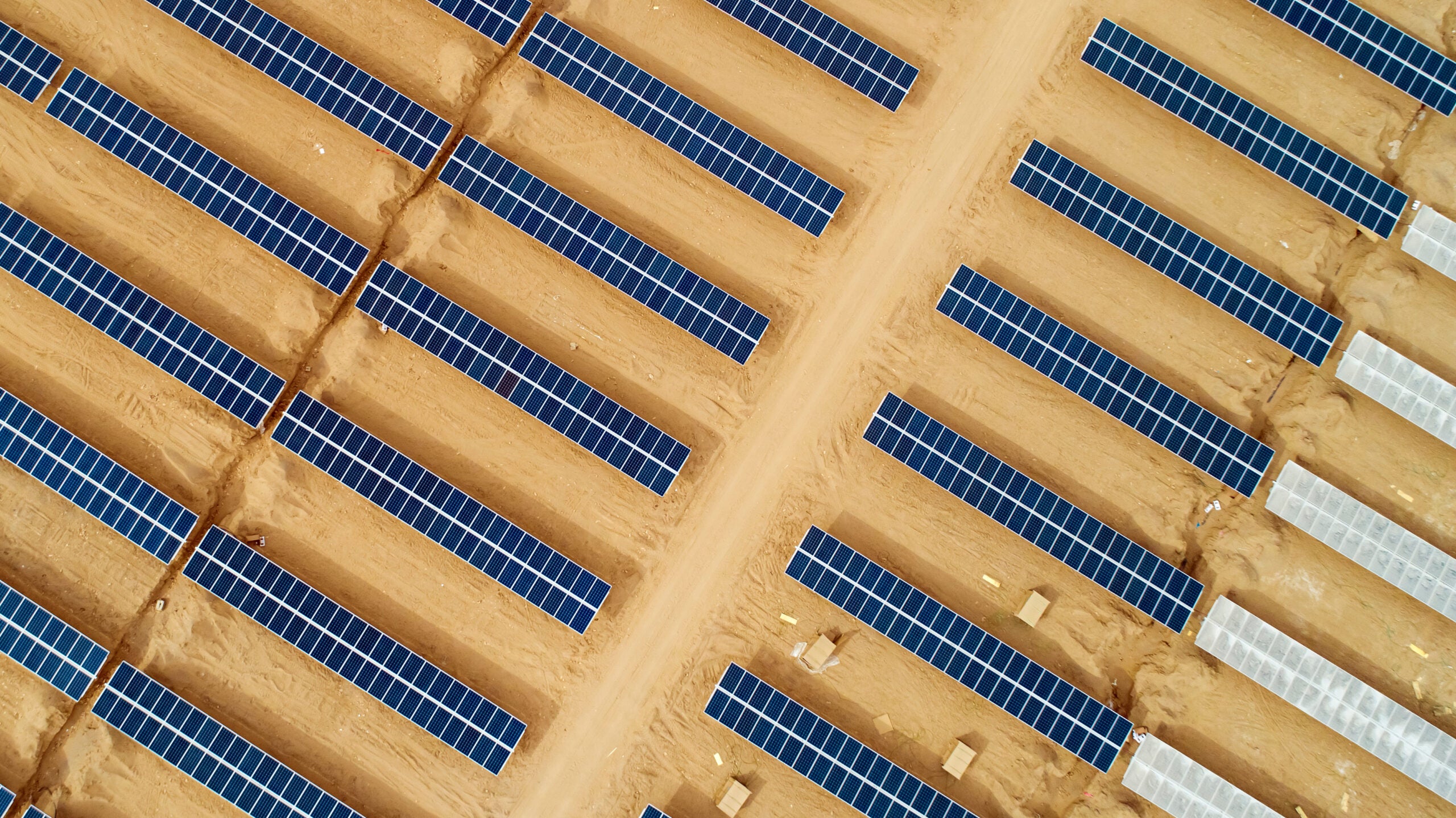GlobalData’s latest report, ‘Sweden Power Market Outlook to 2030, Update 2021 – Market Trends, Regulations, and Competitive Landscape’, discusses the power market structure of Sweden and provides historical and forecast numbers for capacity, generation and consumption up to 2030. Detailed analysis of the country’s power market regulatory structure, competitive landscape and a list of major power plants are provided. The report also gives a snapshot of the power sector in the country on broad parameters of macroeconomics, supply security, generation infrastructure, transmission and distribution infrastructure, electricity import and export scenario, degree of competition, regulatory scenario, and future potential. An analysis of the deals in the country’s power sector is also included in the report.
Sweden became the third European country after Austria and Belgium to complete the coal power phase-out. The country decommissioned the last coal-fired plant in April 2020. With the phase-out of coal power and rapid decommissioning of several oil- and gas-fired plants, the share of thermal power in Sweden’s generation mix is expected to fall to 0.5% in 2030. Sweden is rapidly decommissioning thermal power plants to meet its carbon emission reduction targets. From 3.2GW in 2020, the cumulative thermal power capacity is expected to decline to 1.8GW in 2030, declining at a negative CAGR of 5.6% from 2020 to 2030.
How well do you really know your competitors?
Access the most comprehensive Company Profiles on the market, powered by GlobalData. Save hours of research. Gain competitive edge.

Thank you!
Your download email will arrive shortly
Not ready to buy yet? Download a free sample
We are confident about the unique quality of our Company Profiles. However, we want you to make the most beneficial decision for your business, so we offer a free sample that you can download by submitting the below form
By GlobalDataThermal power has never held a major share in Sweden’s power mix. The country has mostly relied on hydropower and nuclear power generation to meet its power demand for the last two decades. Being a party to the Powering Past Coal Alliance, a group of numerous countries, cities, regions and organisations that aim to accelerate the phase-out of coal power, Sweden was obligated to accelerate the phase-out of coal power. The country could quickly carry out this phase-out as it never had coal power capacity of more than 1GW since 2000. This coal power phase-out and the decommissioning of oil- and gas-fired plants makes it quite possible for the country to achieve its target of 100% electricity generation from renewables by 2040.
The Swedish power sector faces the challenge of a lack of transmission grids to supply power. The country does not face any issues with power generation as it has a large wind power capacity to generate power during peak demand. However, a majority of the power generation sources are in the north of the country. There is a shortage of grids for power transmission from north to south. The country’s state-owned transmission grid operator, Svenska Kraftnät, will have to play a major role in the expansion of transmission grids in the country. Simultaneously, the country may also look towards privatising the transmission sector to enable rapid growth.
In 2020, Sweden’s primary source of power generation was hydropower, which contributed a share of 44.6% in total generation. This was followed by nuclear power, which held a share of 29.7%. Although renewables hold the dominant share in total installed capacity, at 39.2%, in the power generation mix, renewables contribute a share of only 24.6%.
Sweden is connected to the electricity grids of Denmark, Finland, Lithuania, Norway, Poland and Germany. During periods of high load demand, for example, during cold winter days, electricity is imported from Norway and to a lesser extent from Denmark. The majority of Norway’s production comes from hydropower, while Denmark uses wind for power generation. During other times, Sweden exports electricity, with the largest share of exports going to Finland. Sweden is a net exporter of electricity.






